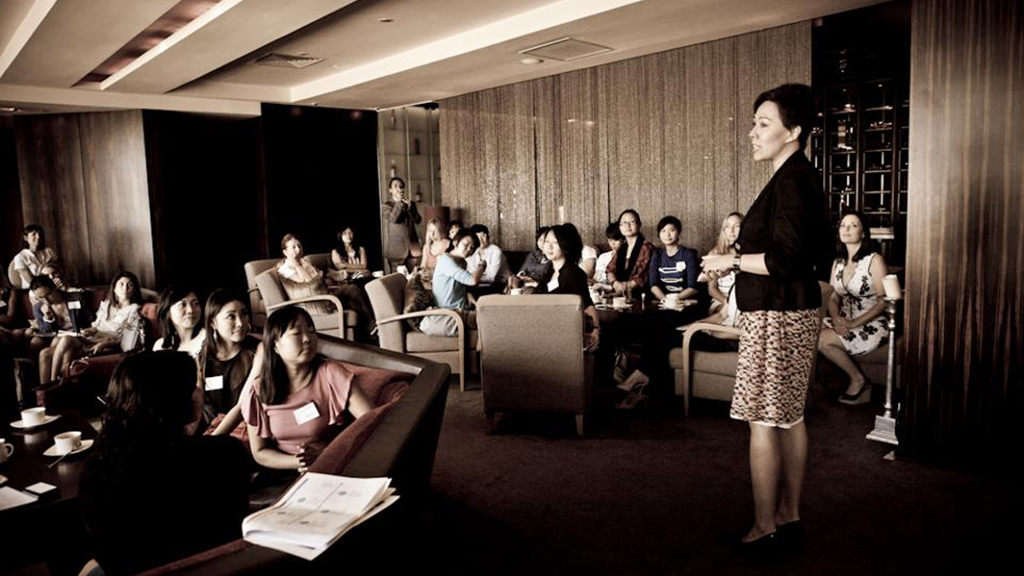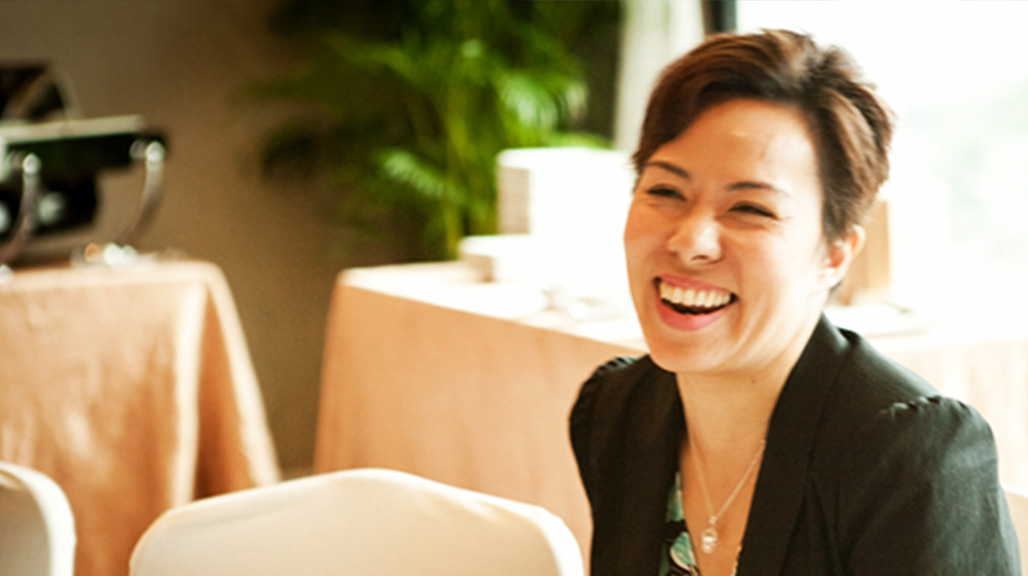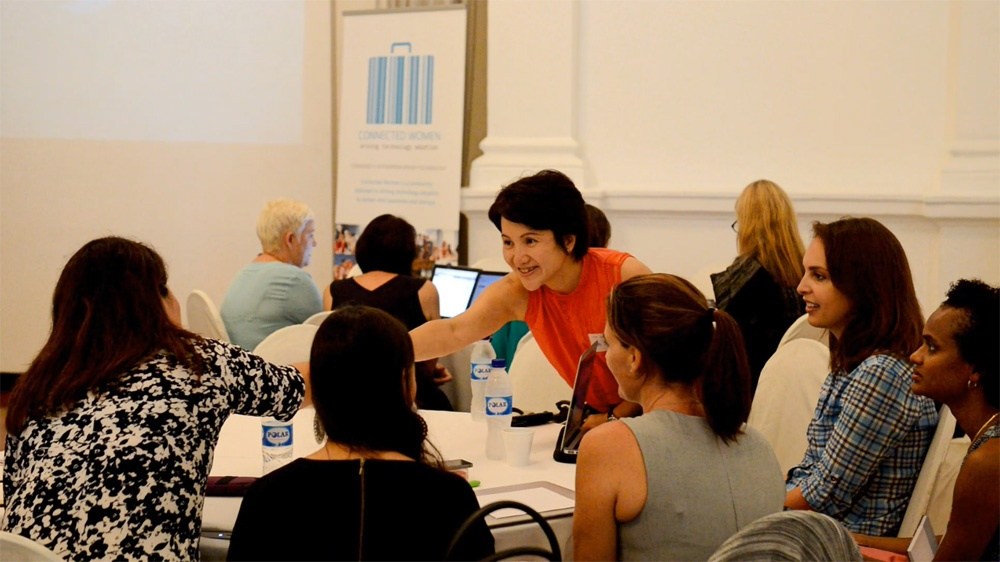Gina Romero
Online Decluttering: Five Tips To Get Digitally Organised
With so many things to deal with, it’s hard to get everything ticked off the digital to-do list. But digital tools can help you get organised, so it's worth investing a bit of time to get it right.Overcoming The Fear Of Networking The Fun Way
Gina Romero recalls her first networking experience to be “most disastrous” and such a statement may seem like a surprise coming from the CEO and Co-Founder of Connected Women, community of tech-powered women entrepreneurs, freelancers, and professionals.7 Tips To Break Through Your Networking Fears
When you hear the word networking, what comes to mind? People usually associate networking with business cards, introductions, pitching, meeting people, selling yourself, referrals and finding clients.
But at the heart of it, what does networking really mean?
Time Hacking Beauty Tricks For Busy Working Women
I admit that I’m no fashionista, but unless we are lucky enough to run a business that requires zero face-to-face contact with your customers or the world, we still need to make a baseline level of effort to be smart and professional when we are out there representing our personal and business brands. The solution: beauty tricks that save time.Four Things We Learned From These Influential Women In Entrepreneurship
Facebook’s #SheMeansBusiness initiative provides training and networking opportunities coupled with online resources for female entrepreneurs. #SheMeansBusiness will be back ONLINE, for FREE this July 29-31! Register now at www.connectedwomen.co/shemeansbusinessConnected Women Jobs Signs MOA with DICT
Connected Women Jobs and DICT have officially taken a major step forward for women in the Philippines who wish to develop their digital skills for self-employment.Singapore Women’s Hall Of Fame: Honouring Singapore’s Pioneering Women
There is a flickering flame of passion and perseverance passed from one generation of women to another. It is embodied not only in young girls but in adults and seniors alike. It has moved throughout the history of the face of the Earth, and today we celebrate the rise and fanning of the flame in Singapore.












